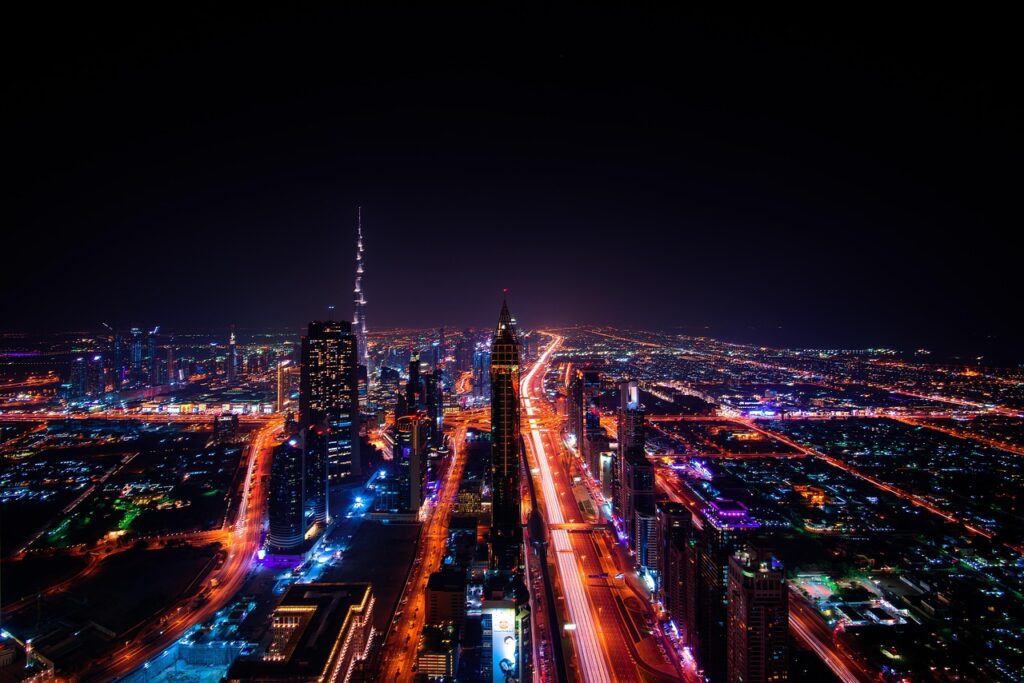Noctourism, also known as night-time tourism, is becoming one of the most exciting new trends in global travel. From stargazing in remote deserts to chasing the Northern Lights in the Arctic, travelers are increasingly exploring the world after dark. Unlike traditional tourism, which focuses on daytime activities, noctourism opens the door to unique experiences such as night safaris, glow-in-the-dark kayaking, astronomy tours, and cultural festivals that come alive when the sun sets. For modern explorers seeking unforgettable adventures, noctourism is a growing movement that blends nature, culture, and innovation.
The Rise of Noctourism
Travelers are no longer content with conventional sightseeing. Instead, they want immersive experiences that extend beyond daylight hours. This shift is driven by:
- Adventure seekers looking for new thrills under the stars.
- Cultural travelers exploring night markets, music festivals, and heritage sites illuminated after dark.
- Wellness tourists finding peace in moonlit meditation retreats or forest bathing at night.
- Photographers chasing perfect night shots of the Milky Way or bioluminescent waves.
Noctourism reflects a broader trend in experiential travel, where the focus is not just on seeing a place but on living it in new dimensions.
Popular Noctourism Activities
Stargazing Adventures
Destinations like Chile’s Atacama Desert and Hawaii’s Mauna Kea Observatory are famous for clear night skies. Guided astronomy tours make stargazing both educational and awe-inspiring.
Northern Lights Tourism
Countries such as Iceland, Norway, Finland, and Canada attract millions of visitors hoping to witness the aurora borealis, one of the most spectacular nocturnal phenomena.

Night Safaris
Wildlife reserves in Kenya, Botswana, and Sri Lanka now offer guided night safaris. These allow travelers to witness nocturnal animals—such as leopards, owls, and hyenas—in their natural habitats.
Glow-in-the-Dark Adventures
Bioluminescent bays in Puerto Rico or glowworm caves in New Zealand are perfect examples of noctourism where nature provides magical, glowing light shows.
Night Markets and Festivals
From Bangkok’s night bazaars to Spain’s La Tomatina after-dark concerts, noctourism celebrates culture, cuisine, and community.
Why Noctourism Is Growing
Climate Considerations
In hotter regions, daytime sightseeing can be exhausting. Night-time tours offer cooler, more comfortable conditions.
Technology and Safety
Advancements in lighting, guided apps, and security have made exploring at night safer and more accessible.
Wellness and Mental Health
Studies show night-time activities like stargazing and moonlit hikes reduce stress and improve mindfulness.
Economic Opportunities
Noctourism extends tourism hours, boosting local economies with evening tours, food experiences, and events.
Destinations Leading the Noctourism Trend
- Iceland and Norway: Aurora hunting and geothermal spa nights.
- Japan: Firefly viewing festivals and illuminated temple tours.
- United States: National parks offering night-sky programs.
- Dubai: Desert safaris with cultural shows under the stars.
- Australia: Aboriginal-led nocturnal tours connecting culture and nature.
According to the World Tourism Organization, night tourism is a growing segment that enhances both visitor satisfaction and local revenue.
Wellness and Spiritual Noctourism
Noctourism is not only about adventure—it also taps into wellness and spirituality. Moonlit yoga, night forest bathing in Japan, or meditation retreats during full moons allow travelers to align with natural rhythms. These experiences combine wellness travel with cultural immersion.
Photography and Noctourism
With the rise of astrophotography and Instagram-worthy content, noctourism is gaining traction among digital travelers. Capturing star trails, glowing lagoons, or illuminated monuments is part of the thrill.
Challenges of Noctourism
- Light Pollution: Urban glow can diminish stargazing experiences.
- Environmental Impact: Night safaris must balance tourism with wildlife preservation.
- Accessibility: Not all travelers are comfortable with night-time adventures.
- Safety: Destinations must ensure secure infrastructure for after-dark activities.
The Future of Noctourism
Looking ahead, noctourism is expected to expand further:
- Smart apps offering guided AR night tours.
- Sustainable practices to reduce light pollution.
- Luxury nocturnal resorts designed around astronomy and night wellness.
- Collaborations between local communities and tourism boards to highlight cultural night events.
Noctourism is not just a passing trend—it’s becoming a key part of experiential travel.
Conclusion
Noctourism redefines how people explore the world by shifting the focus from day to night. Whether it’s stargazing in pristine deserts, watching fireflies in Asia, or immersing in vibrant night festivals, travelers are embracing unique after-dark experiences. This growing trend highlights a future of tourism that is more adventurous, wellness-oriented, and culturally rich.
For those looking to see the world differently, noctourism proves that some of the best adventures begin after sunset.


